SJX W&W Highlights – The Unexpected and the Well-Executed
Pleasant surprises.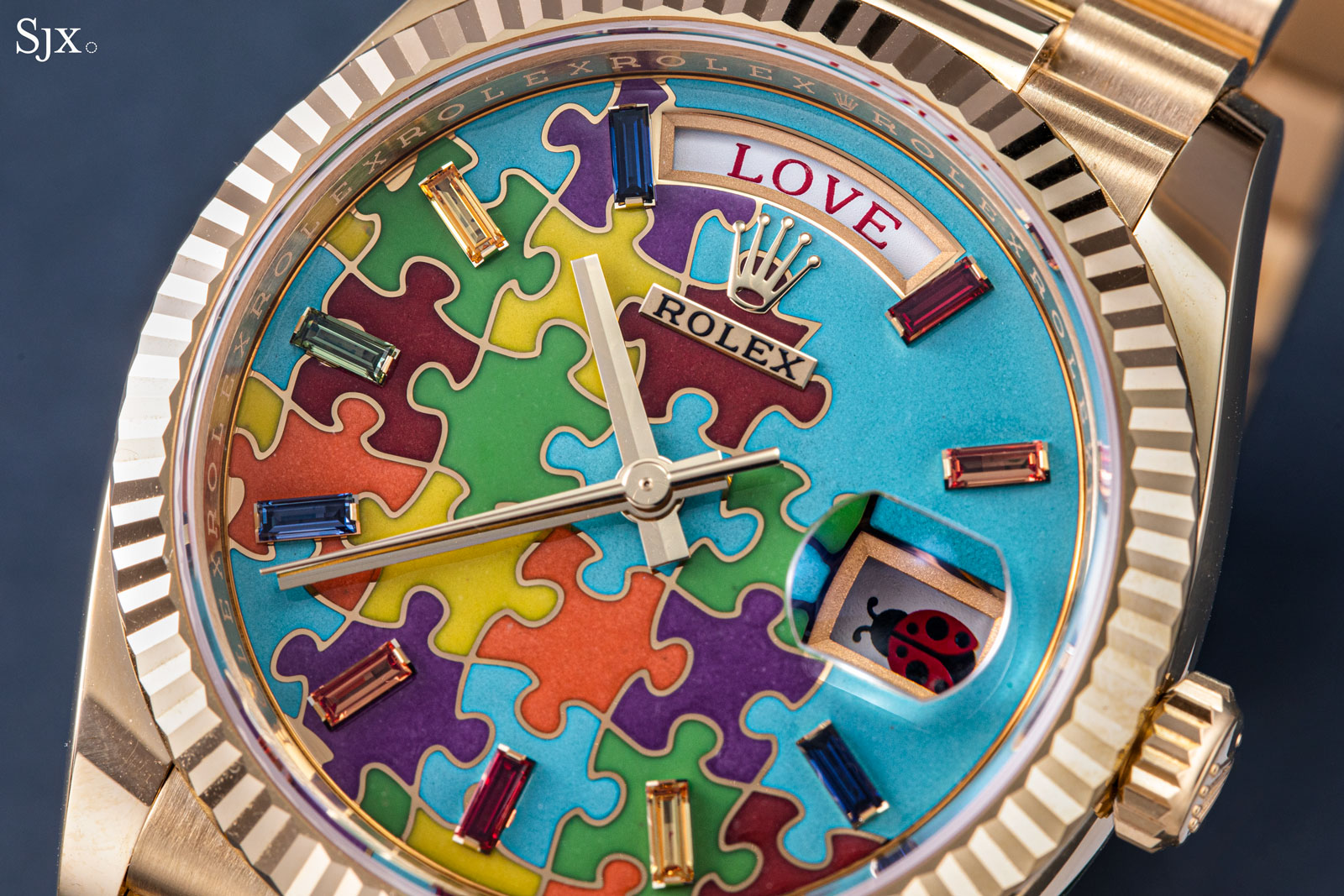
Because it was the world’s biggest watch brands showing off their latest products at Watches & Wonders (W&W), surprises seemed unlikely. Yet there were a few surprises at the fair, with several coming from the most conservative brand of all, Rolex, which debuted the now infamous “Bubbles” and “Puzzle”.
But the unexpected aside, the fair also saw a number of well-executed new models that were just right, most notably from Cartier, which stuck to what it does well.
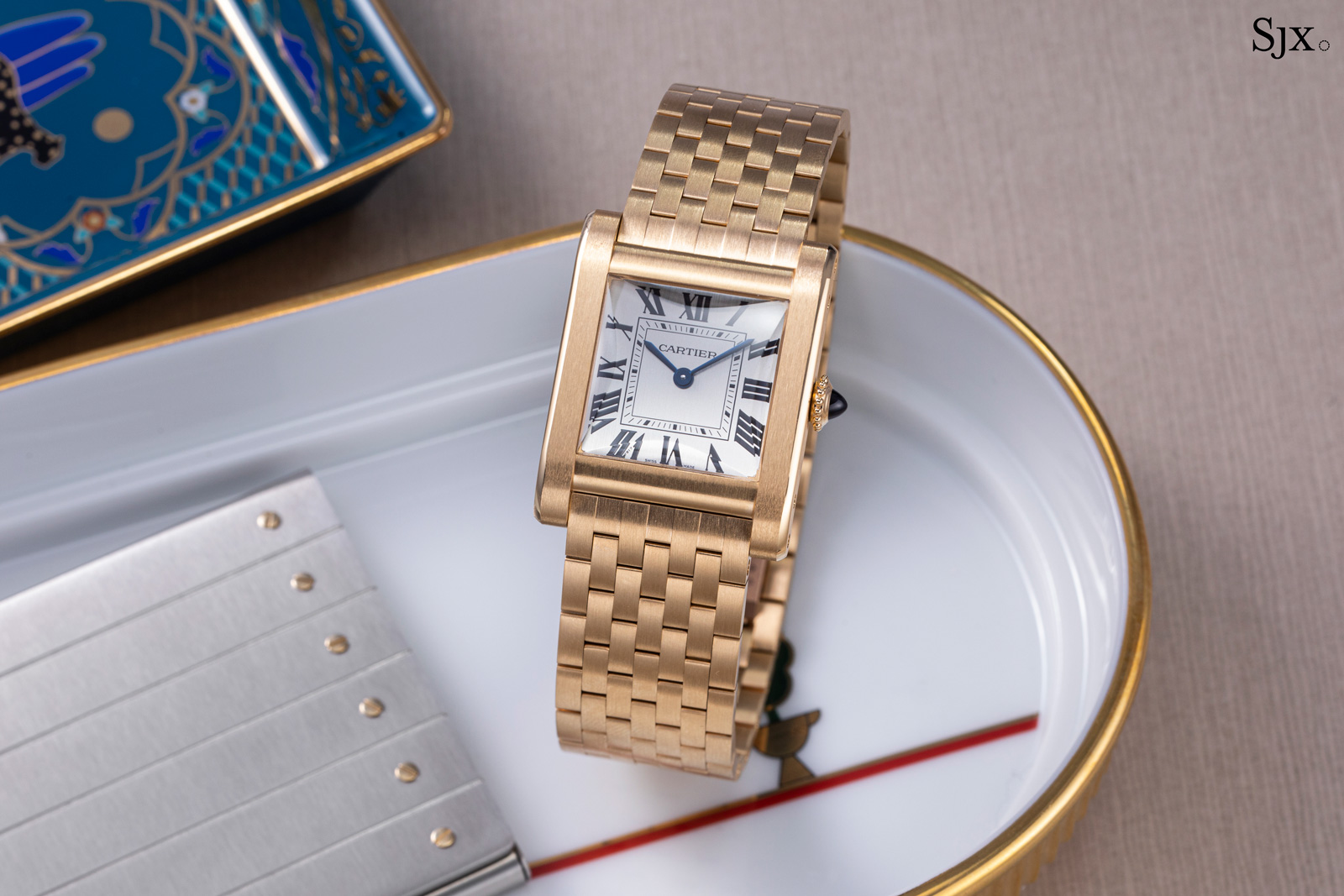
The Tank Normale in yellow gold with a matching bracelet
Surprises
A surprise launch, but certainly not unexpected as a highlight, is the Patek Philippe Calatrava 24-Hour Display Travel Time ref. 5224R. Although it appears to be a typical Calatrava at a distance, the ref. 5224R is elegantly different. For one, it is surprisingly large for a Calatrava at 42 mm but typically thin at under 9 mm.
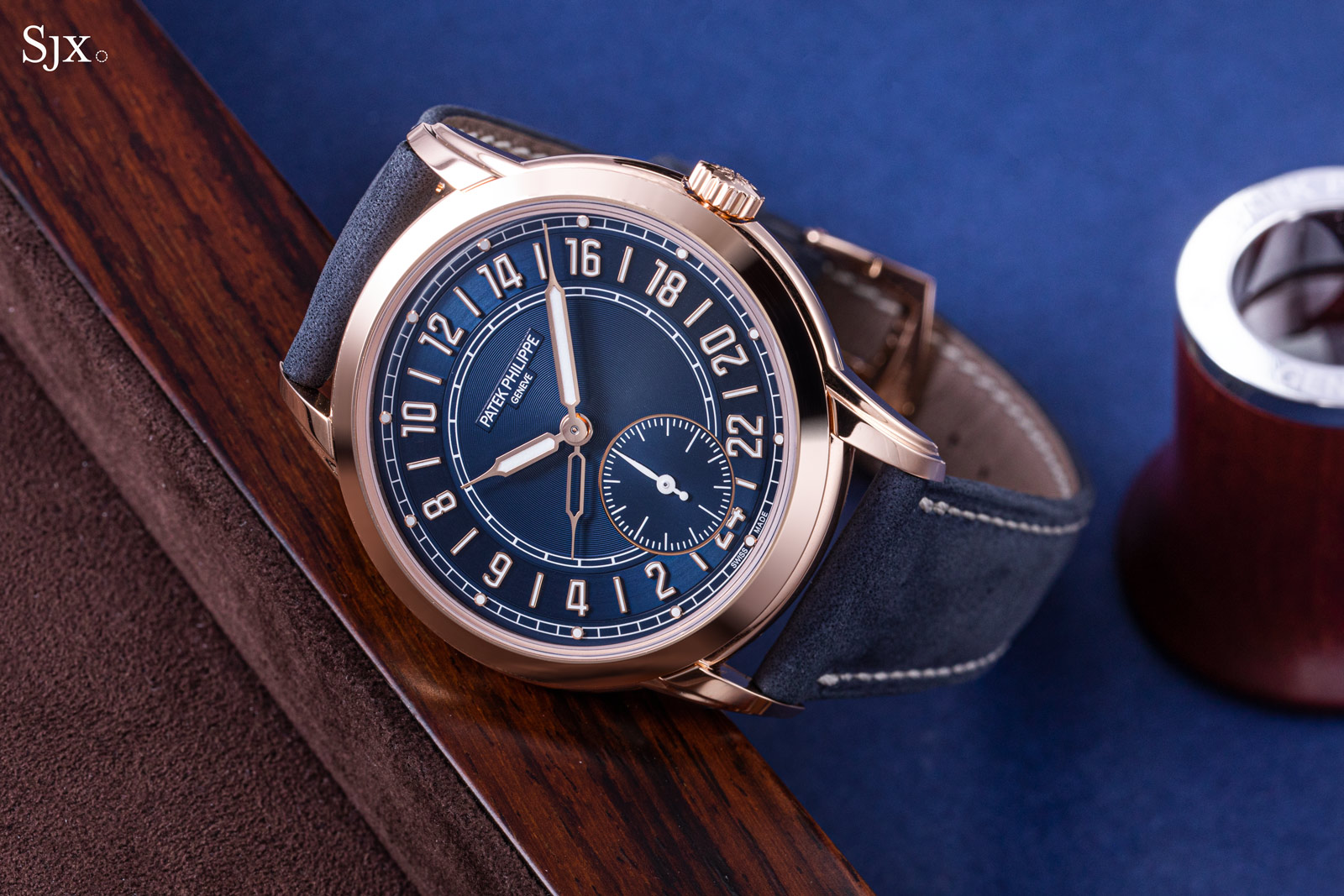
The ref. 5224R
More unusual is the 24-hour display that is a convenient and smart method of showing two time zones without the need for a day and night indicator. But as is often the case with Patek Philippe, the novelty of the watch was not invented. Its key features, namely the time display and case size, are rooted in history – the watch is modelled on the oversized Chronometro Gondolo pocket watches of the early 20th century.
But at over US$57,000, the ref. 5224R is unusually expensive for a two-time zone watch, though that is explained in part by the high-end movement inside that’s shared with the top-of-the-line ref. 5236P perpetual calendar.
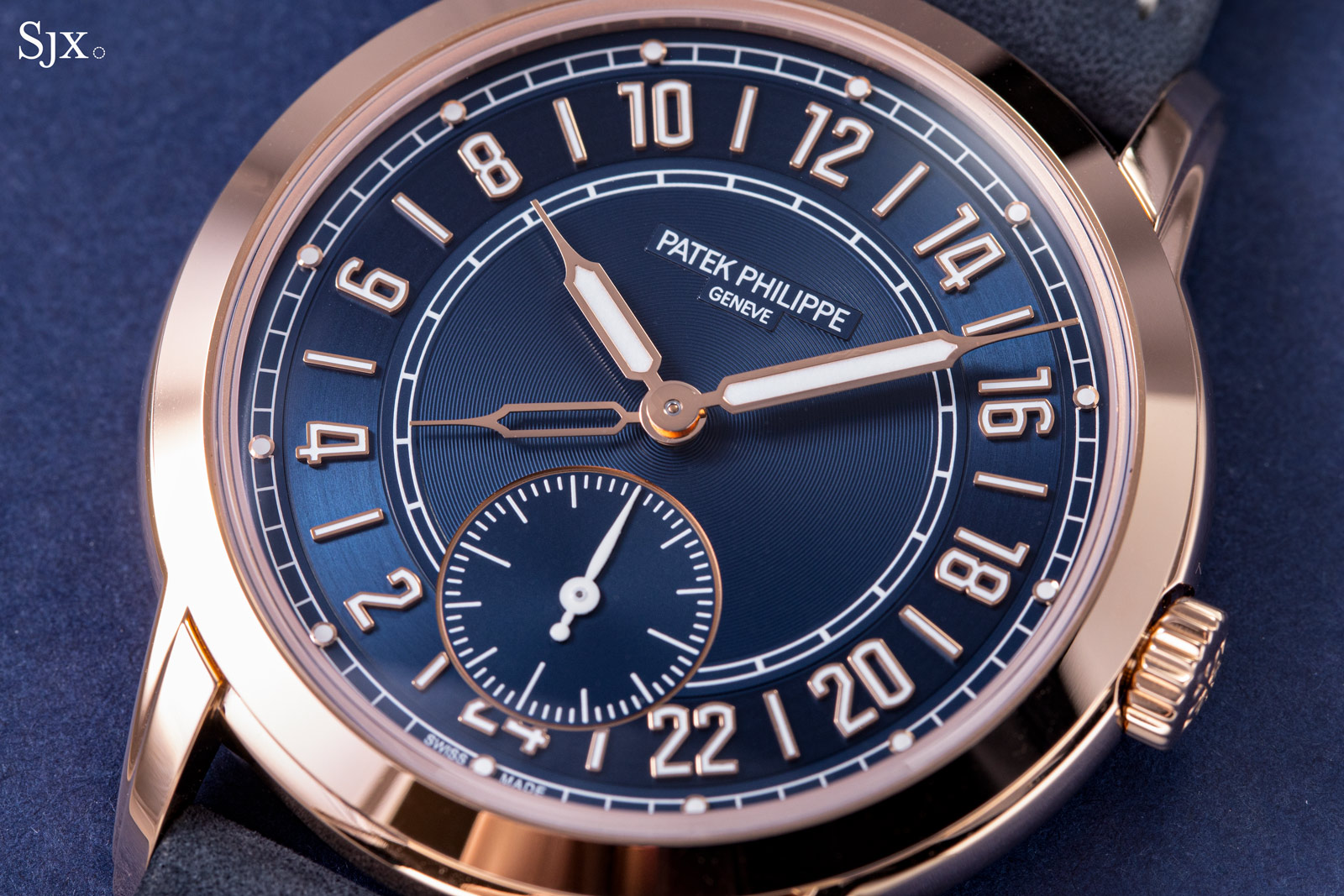
The 24-hour dial of the ref. 5224R
Jaeger-LeCoultre (JLC) did the unexpected with the Reverso Tribute Chronograph, essentially a reissue of a model from 1996. While not technically novel – the movement is largely the same as the 1996 model – the new Reverso chronograph is a fairly priced watch with a well-engineered movement inside an iconic case design.
It is certainly an appealing proposition, but the fact that a remake of a 27-year old watch with an unchanged movement is the highlight also reveals reveals the dormant creativity at JLC.
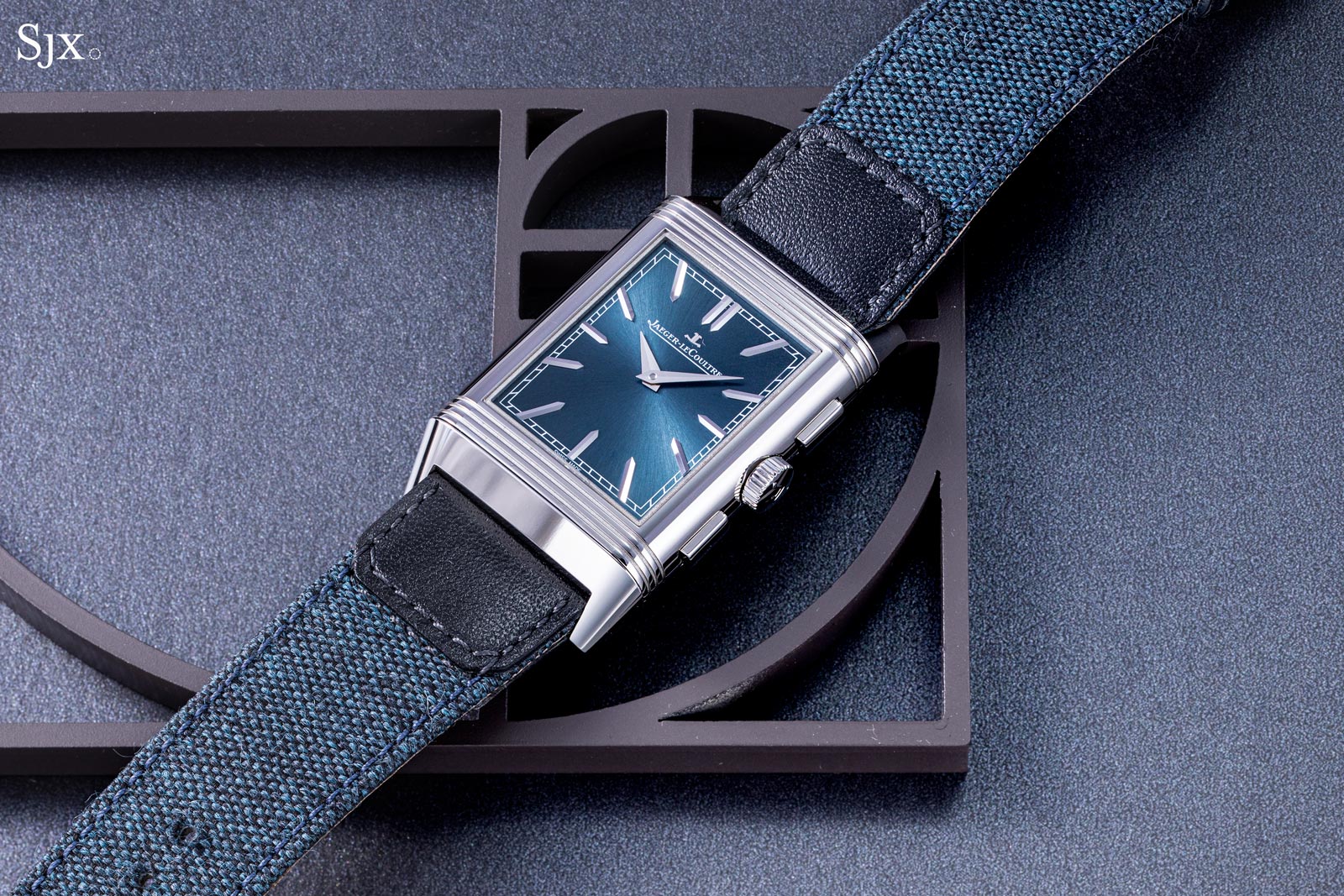
The clean front of the Reverso chronograph
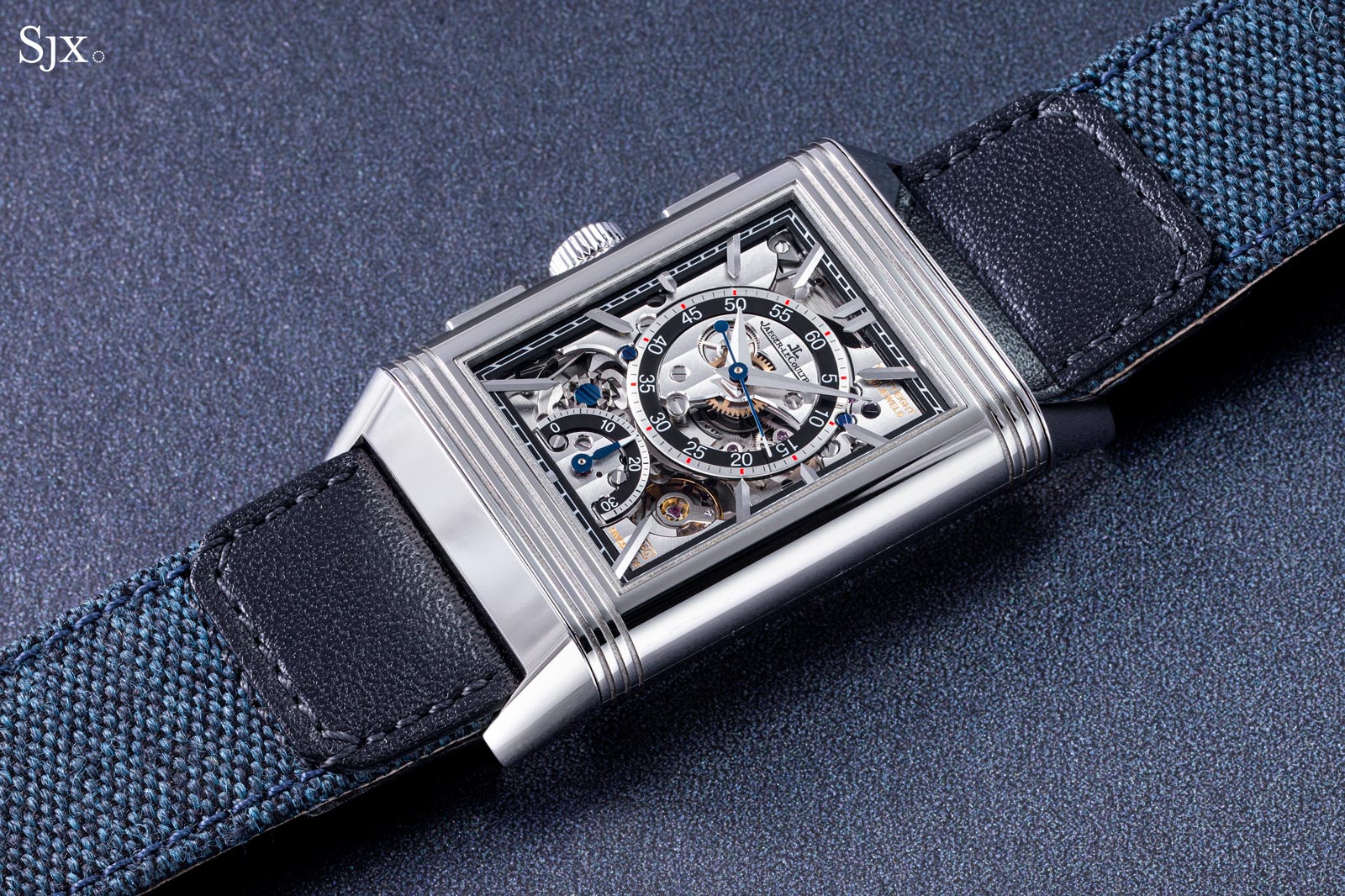
The reverse displays the chronograph
But of course the biggest surprise of the fair came from Rolex, which debuted a pair of watches that are completely out of character for the brand – or so it seems. Ordinarily conservative and seemingly humourless, Rolex revealed a pair of cheerful watches, the Oyster Perpetual “Bubbles” and Day-Date 36 “Puzzle”.
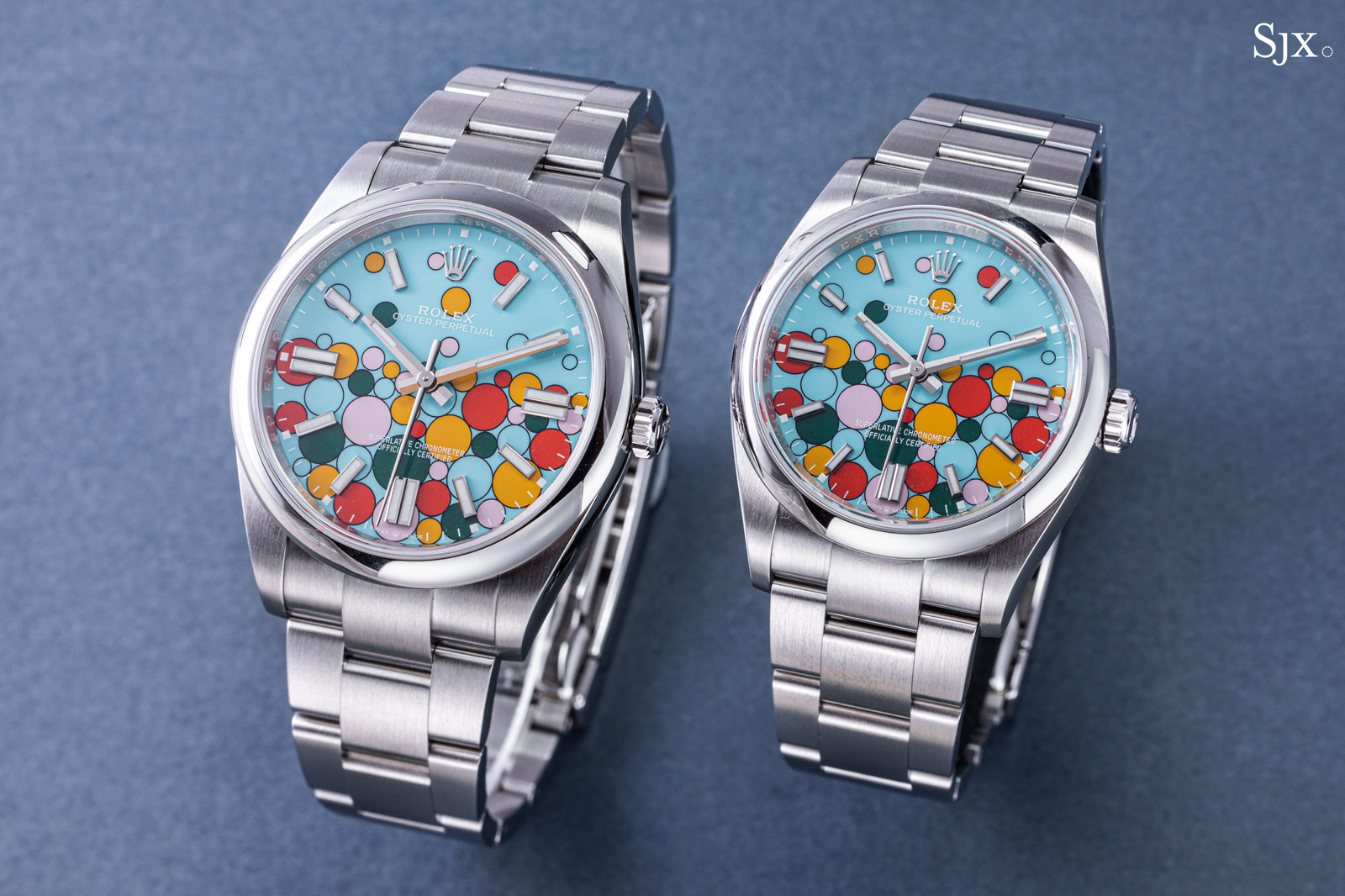
“Bubbles” in two sizes
Available in three sizes, “Bubbles” is fun and affordable, albeit unattainable at least in the short term, but it is the Day-Date that is noteworthy. It sports a dial finished in champleve enamel, a first for Rolex. More interesting is the fact that the dial is done in-house by a single artisan who naturally paints them by hand. Might this signal a more decorative or artisanal turn for the Geneva giant?
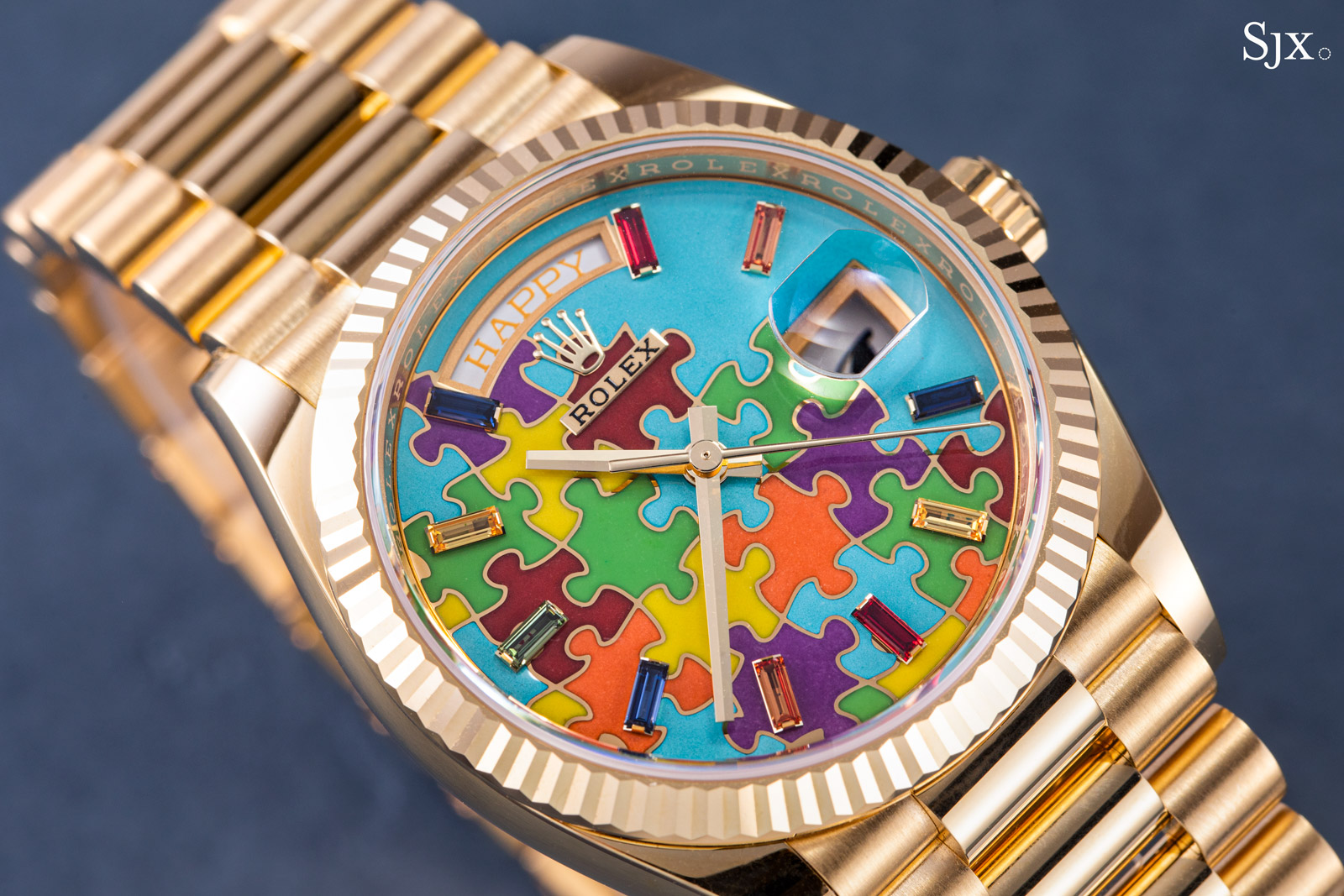
“Puzzles”
Another surprising indication of Rolex’s direction is the Perpetual 1908, now the only “dress” watch offered by Rolex, replacing the little-loved Cellini. After many, many years of unsuccessful attempts at a formal watch, the 1908 appears to have gotten it (mostly) right. Though it is still traditional and perhaps a bit plain, simply being what it is makes the 1908 an important watch for the biggest luxury watchmaker in the world.
Most of all, maybe the new launches are more than just watches, and instead a subtle message to the world that the brand is evolving, particularly since it appointed a new chairman in summer 2022.
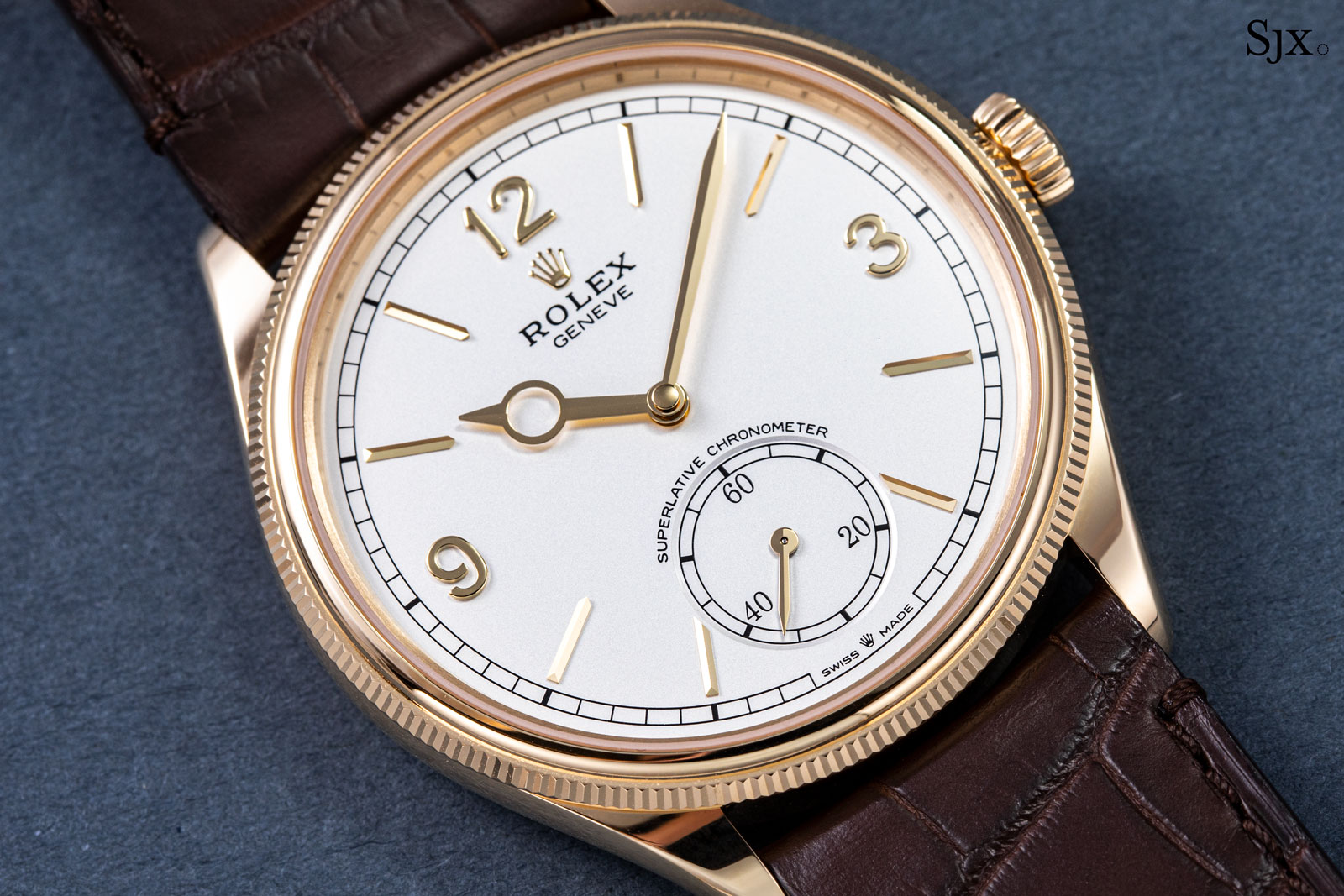
The Perpetual 1908 in yellow gold with a white lacquer dial
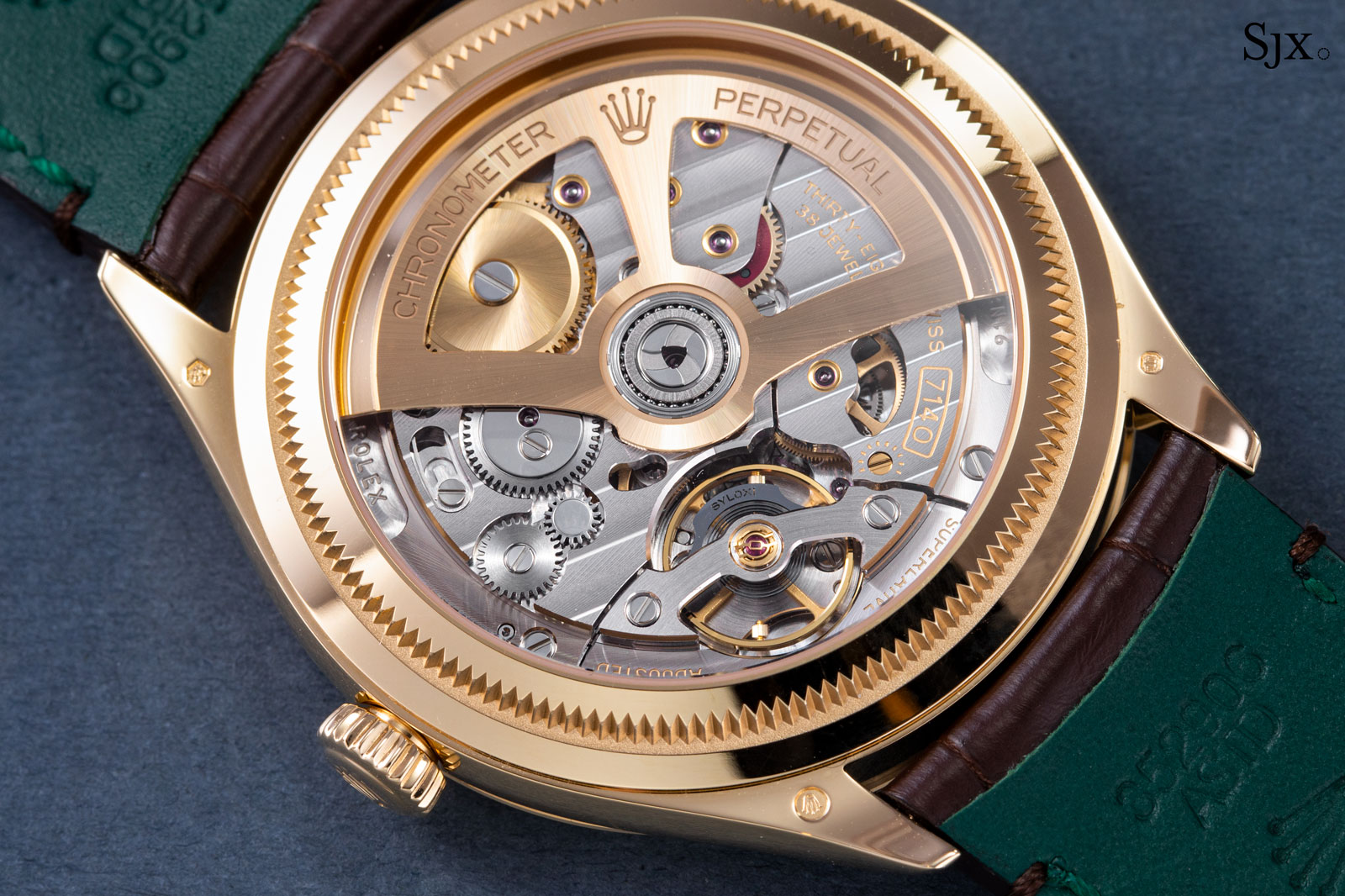
The cal. 7140 inside the Perpetual 1908
Well executed
Sometimes a watch just needs to be executed well and priced right. Cartier did well on this count (no pun intended), particularly with the Privé Tank Normale and Santos-Dumont Skeleton Micro-Rotor. Neither is extraordinary or exceptional, but both have an easy intrinsic appeal, and importantly, they are priced reasonably enough as such things go.
Although both are different in terms of concept – the Tank Normale is a vintage reissue while the Santos-Dumont is obviously a modern creation – they share the quality of getting the details right.
The Tank Normale for instance, has the compact dimensions of the original and a faithful design, right down to the facetted sapphire crystal. Similarly, the Santos-Dumont features a pleasing open working that is balanced and complements the design, along with the whimsical bonus of a plane-shaped rotor.
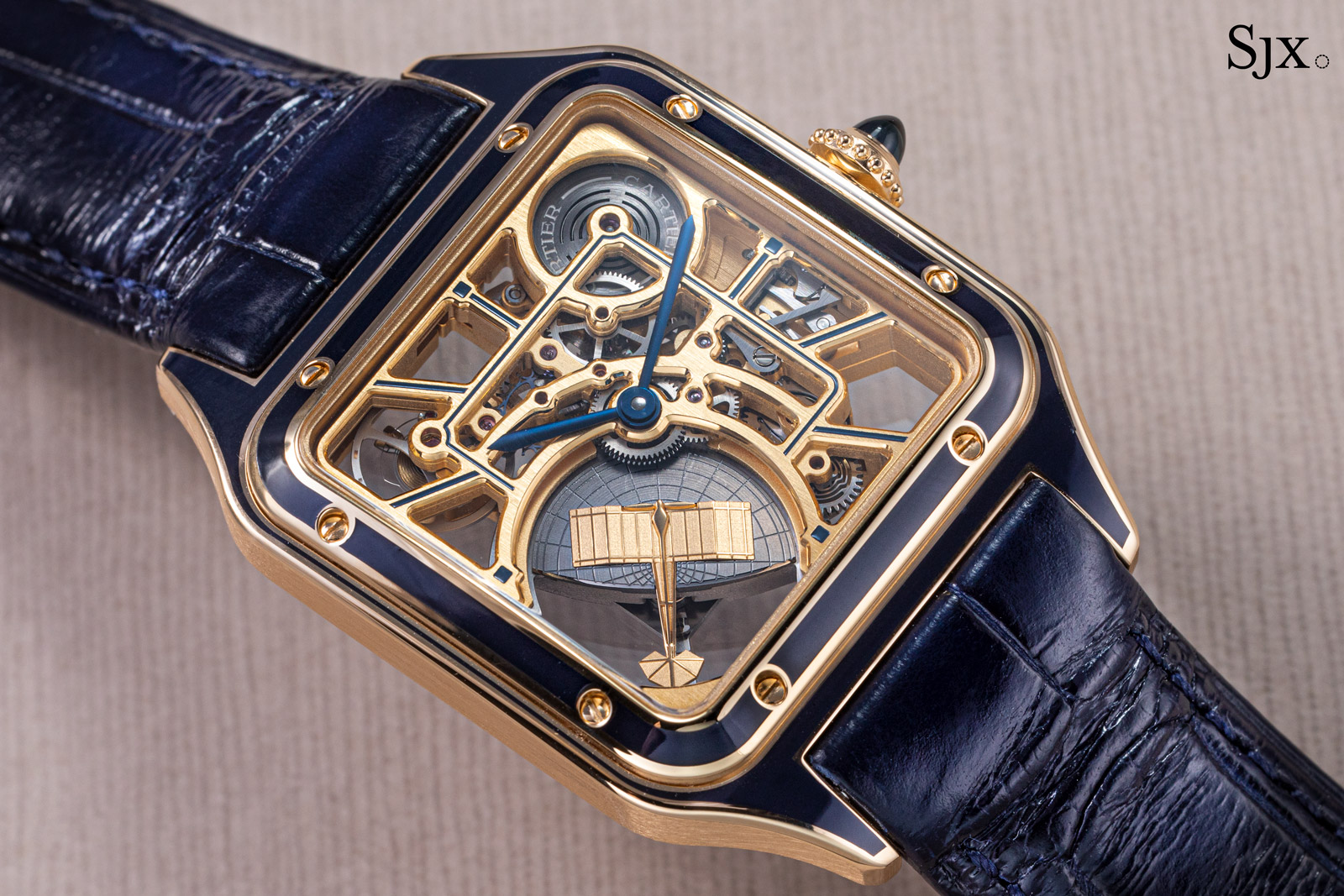
The Santos-Dumont in blue lacquer
But inching ahead of Cartier in terms of execution – while basically changing nothing in terms of aesthetics – is Rolex with the new Cosmograph Daytona ref. 126500. At first glance the new Daytona looks exactly like the old, but it is the accumulation of enough tweaks, improvements, and refinements to make it an entirely new watch.
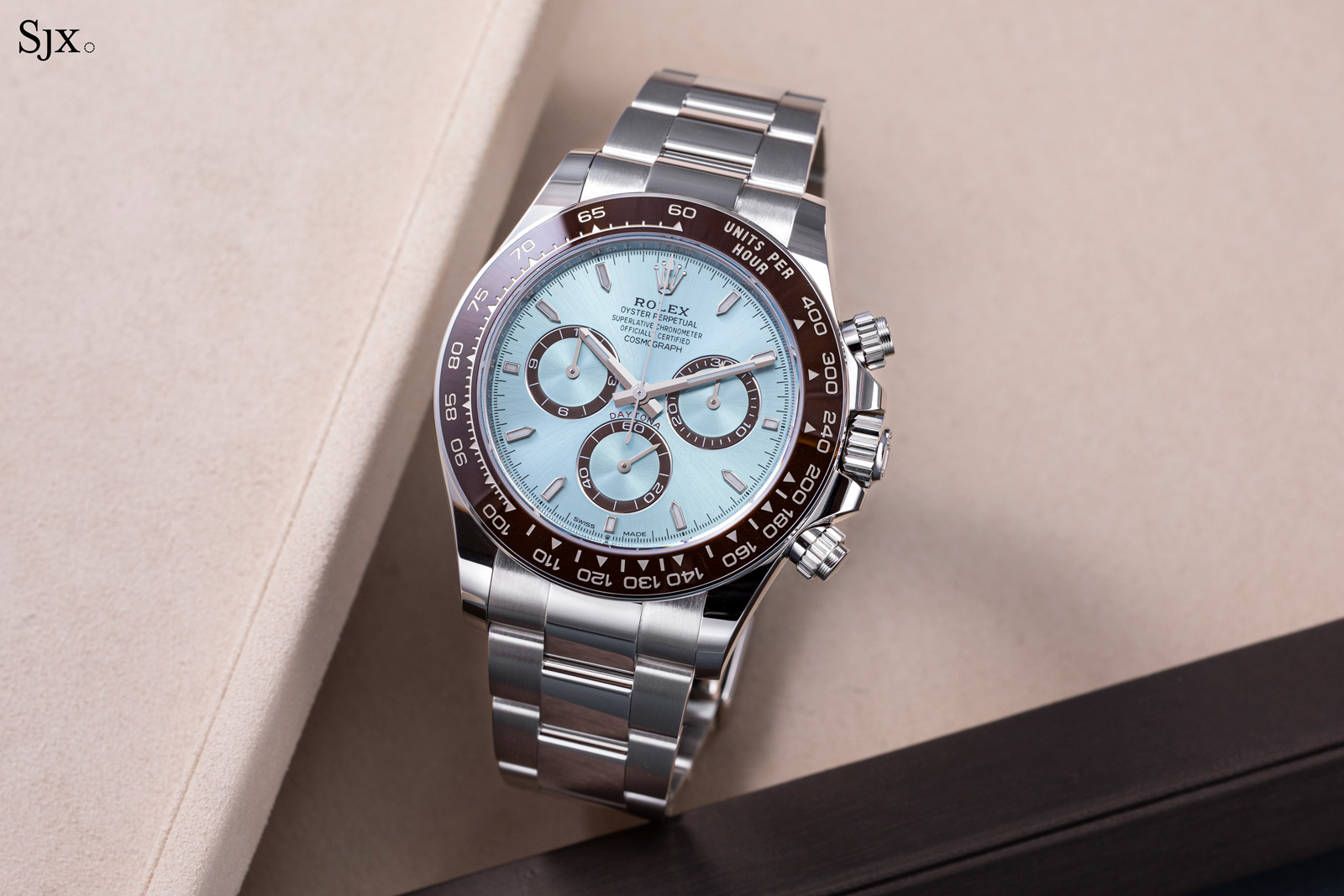
The new Daytona in platinum with its familiar “ice blue” dial
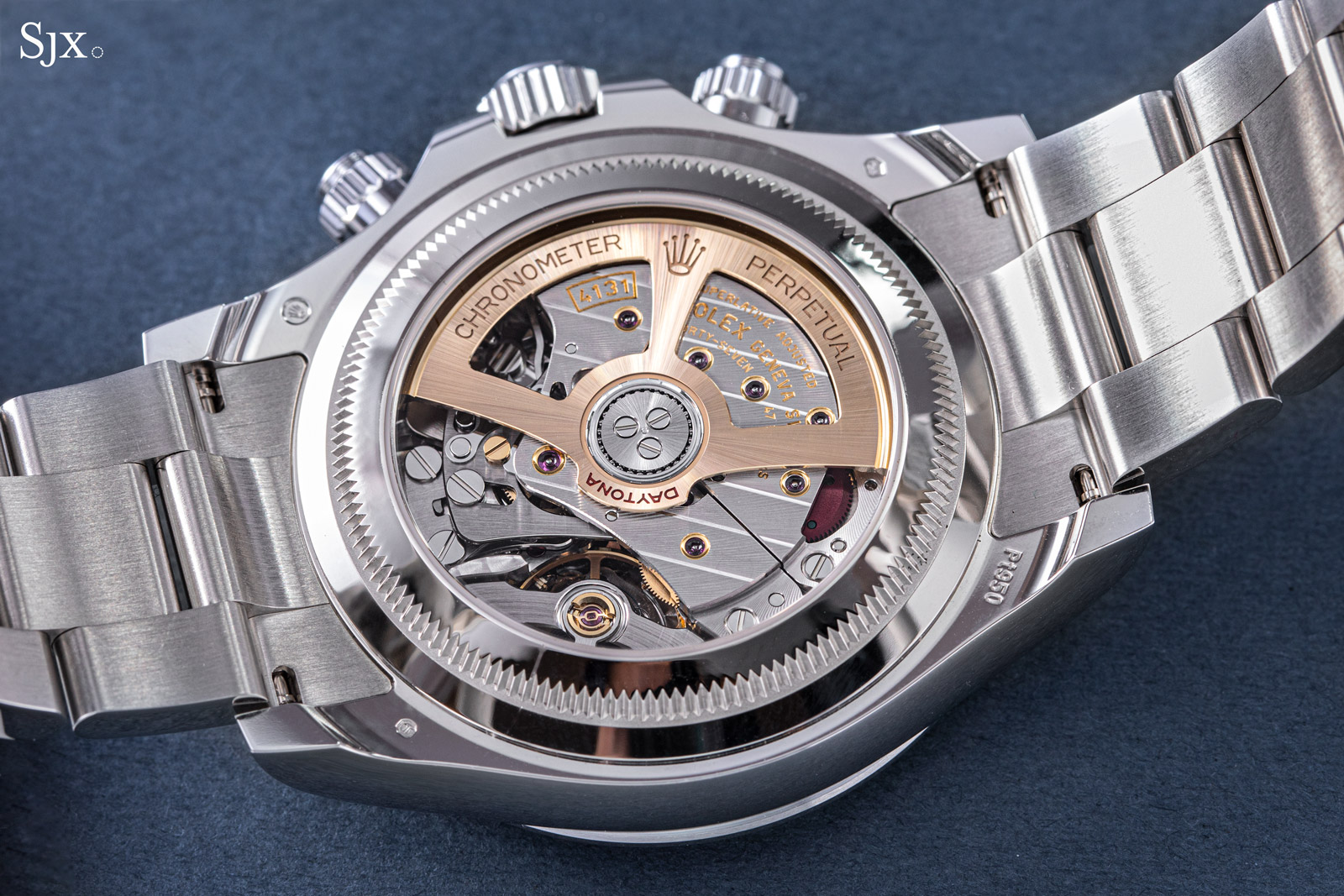
The cal. 4131
The ceramic bezel found on the outgoing model, for instance, has been replaced with a metal bezel sporting a ceramic insert, no doubt to improve robustness since ceramic is more liable to chip and crack than metal. Similarly, the cal. 4131 is based on the 20-year-old cal. 4130, but boasts enough changes to be a new calibre that still remains the best in its price segment (which is about US$15,000 for the entry-level steel model).
Back to top.






